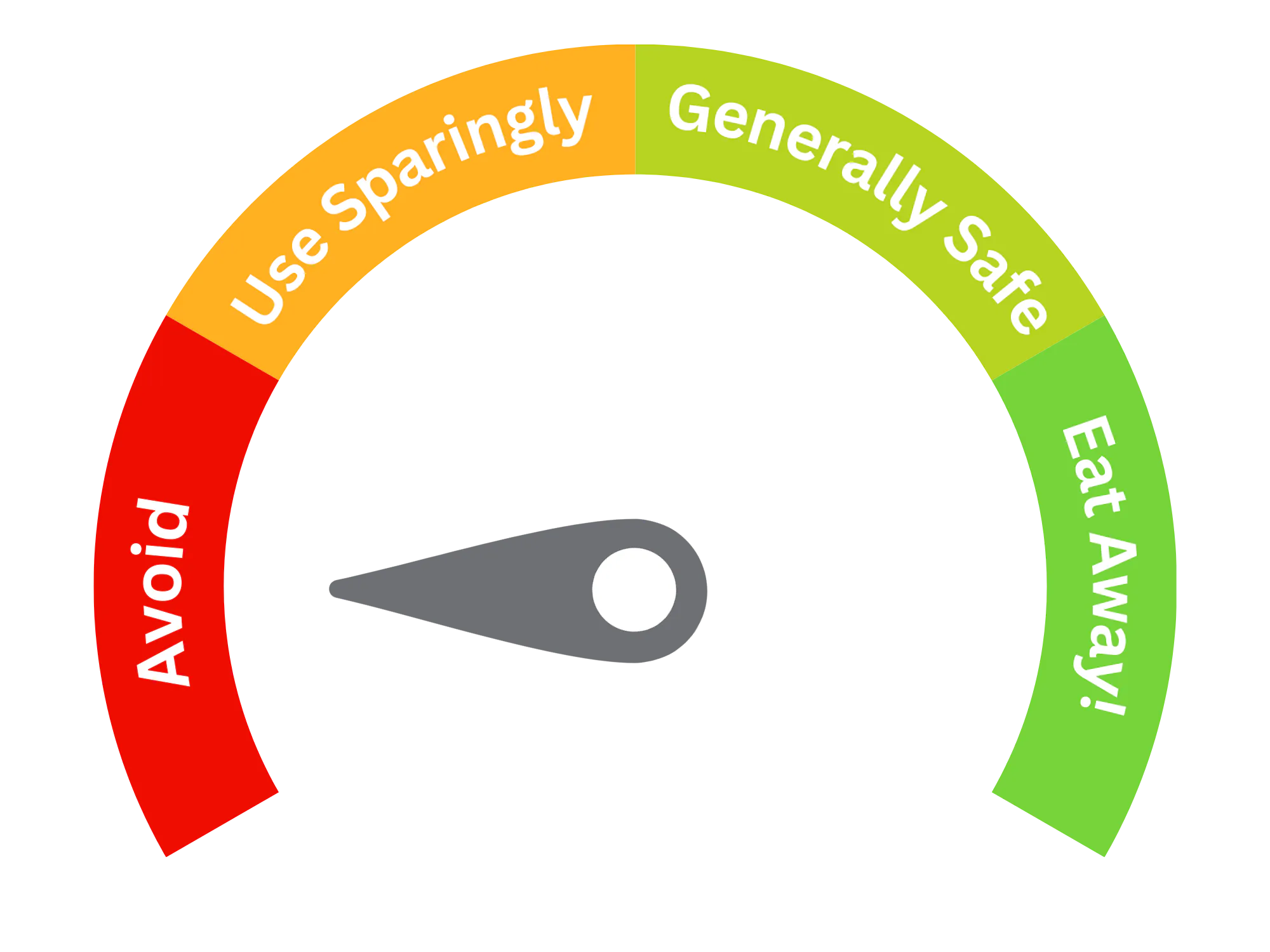Borax (E285)
| Type of additive (Glossary) | Preservatives |
| E Number | E285 |
| Chemical Formula | Na2B4O5(OH)4·8H2O |
| Also Known As | Sodium Tetraborate Sodium borate Tincal Tincar |

Purpose and Function
Borax (E285) has been used historically as a preservative due to its antimicrobial properties, which can help inhibit the growth of bacteria and fungi. However, its use in food products is now highly restricted or banned in many countries because of safety concerns. In the past, it was used in:
- Caviar: Used as a preservative to maintain quality and extend shelf life.
- Traditional foods: Occasionally used in certain cultural food practices for preservation.
Today, Sodium Tetraborate (E285) is not commonly used in food preservation due to potential health risks, and its application in the food industry is heavily regulated.
Potential Risks and Side Effects
Sodium Tetraborate (E285) has significant safety concerns that limit its use as a food additive:
- Toxicity: Borax is toxic when ingested in significant amounts. It can cause symptoms such as nausea, vomiting, abdominal pain, diarrhea, and in severe cases, kidney damage or even death.
- Reproductive and developmental risks: Studies have shown that exposure to borates, including borax, may affect reproductive health and development, leading to regulatory concerns.
- Regulatory restrictions: The use of Sodium Tetraborate (E285) as a food additive is banned or heavily restricted in many countries, including the European Union and the United States, due to its potential toxicity and health risks.
Due to these concerns, Sodium Tetraborate (E285) is not a commonly accepted food additive, and safer alternatives are recommended for food preservation.
